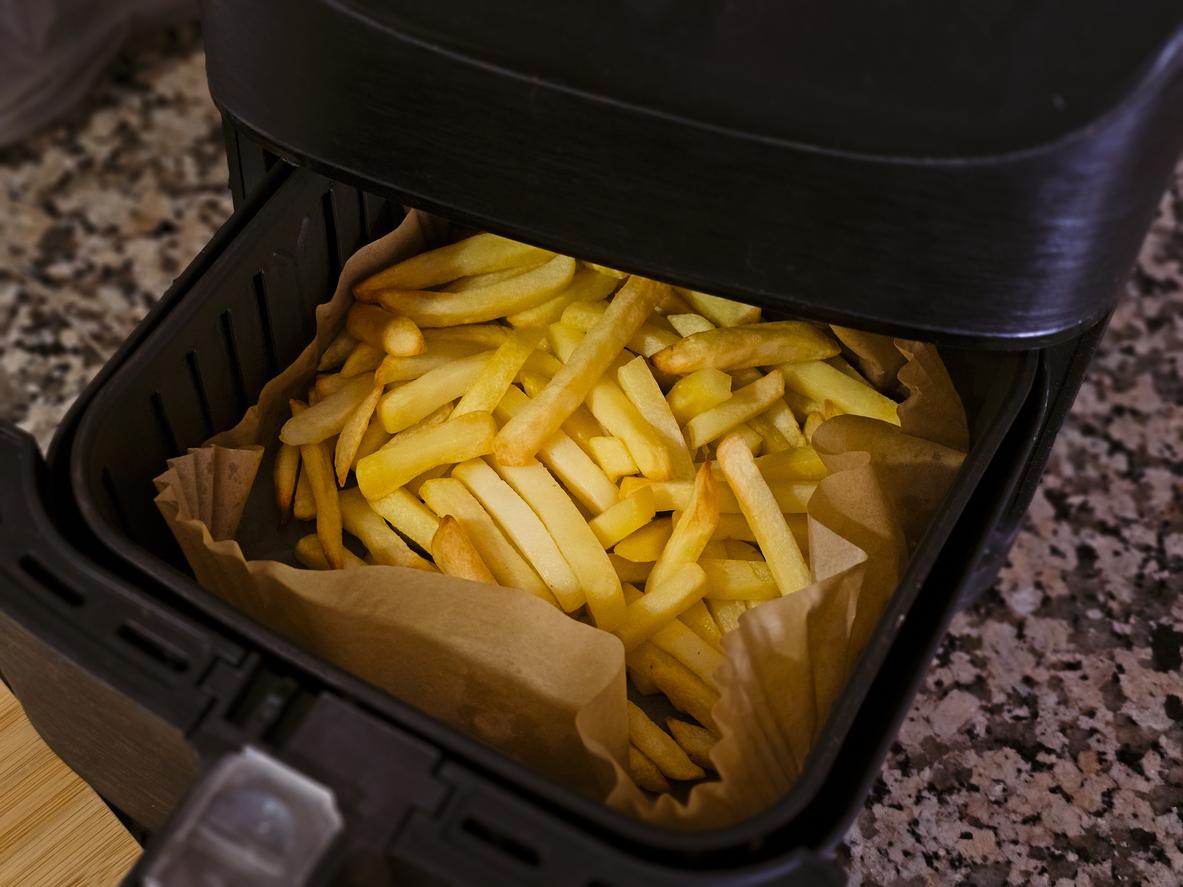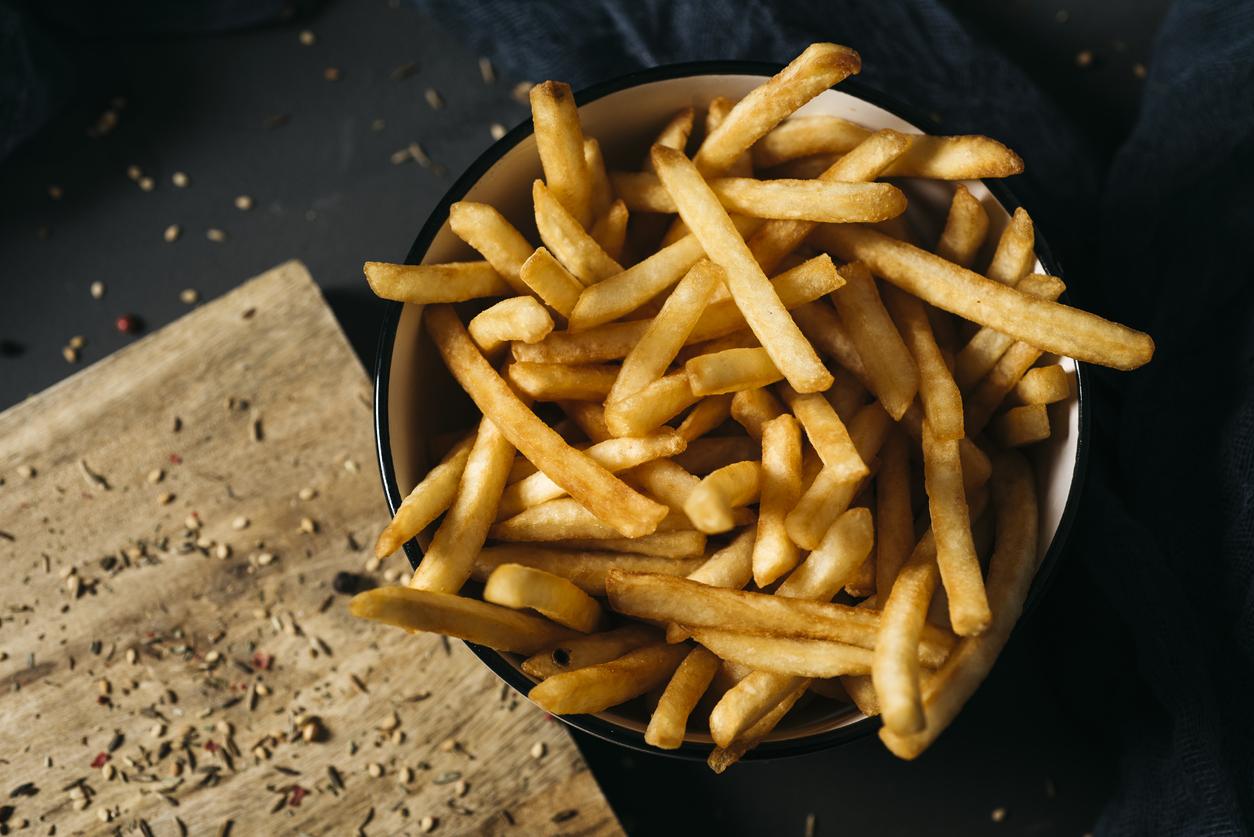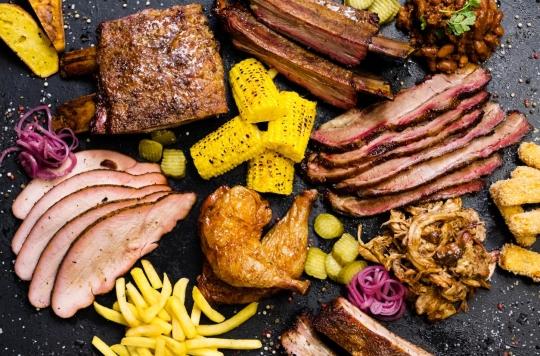ANSES calls for recognition of the carcinogenic nature of activities exposing to emissions from frying with animal or vegetable fats.

- ANSES recommends adding three frying methods to the regulatory list of carcinogenic work processes.
- These are the following three frying methods: pan frying, pan frying and deep frying, that is to say by immersion in fat.
- When a work process is recognized as carcinogenic, this means that measures must be put in place to protect employees.
Emissions from frying using animal or vegetable fats are carcinogenic, according to the National Agency for Food, Environmental and Occupational Health Safety (ANSES). In a press releasethe body recommends adding three frying methods – pan frying, pan frying and deep frying, that is to say by immersion in fat – to the regulatory list of carcinogenic work processes.
Frying: recognize this work process as carcinogenic
“We have a variety of compounds in these frying emissions which, for the most part, are dangerous compounds, indicates Henri Bastos, responsible for occupational health at Anses, Franceinfo. According to him, “the increase in temperature“, induced by the use of frying, “will have consequences of physical and biochemical transformation of the fat, but also of the foods which are cooked“.
Certain work processes, including activities or working conditions, can cause the appearance of #cancers.
Find our methodology and our latest work on polycyclic aromatic hydrocarbons (#PAH). ????https://t.co/QegkFNZITv— Anses (@Anses_fr) October 24, 2024
When a work process is recognized as carcinogenic, this means that measures must be put in place to assess the risk, inform employees, carry out prevention and that the employer ensures medical monitoring. “Employers must also replace carcinogenic processes with other processes where possible”, indicates ANSES on its site.

Cancer: fried emissions suspected for years
Nearly fifteen years ago, in 2010, the International Agency for Research on Cancer (IARC) classified high temperature frying emissions as “probable carcinogens for humans”. Today, Anses corroborates. Based on current data, the health authority indicates that emissions from frying at high temperatures could be classified as a probable human carcinogen for lung cancer.
For the moment, the only work to assess the carcinogenicity of frying emissions and the exposure of professionals has been carried out in South-East Asia. According to ANSES, this “little study” is insufficient andquestions the level of attention paid to professional exposures linked to this method of cooking in France or even in Europe“. The health authority therefore calls for further scientific research to be carried out on these subjects.
In France, more than 1,400,000 employees worked in the catering or food industry sectors at the end of 2021. A significant number of people would be affected by daily exposure to carcinogenic substances.













